Digital cameras and zoom lenses go hand in hand. When shopping for your new camera, chances are one of the first features the salesperson mentioned was the power of the zoom lens.
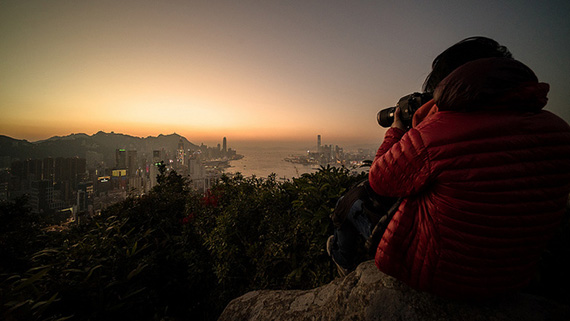
photo by Studio Incendo
You know how it goes: “This camera has a five times optical zoom, but this one has ten times optical and the digital zoom extends that to…blah, blah, blah.” A powerful telephoto lens is terrific—and essential if you are shooting lots of sports photography, wildlife photography, or any photography that requires you to capture your subject from a distance. But with all the marketing that goes on around telephoto power, you could be forgiven for believing there is little value in a good wide-angle lens.
This is simply not the case. In fact, if you take a lot of travel photos, you may find that your powerful telephoto rarely gets a workout. As a landscape photographer, I use my wide-angle lens a lot more. I can tell you right now that even though the wide-angle lens makes everything smaller, it can create images with massive impact if you use it well.
So here are my five tips for creative photography with a wide-angle lens.
1. It Really is a Wide Angle
When using a larger lens, you narrow your field of view considerably, so if you focus on a subject in the foreground you really don’t capture much of the background. On the other hand, with a wide-angle lens you capture a much wider field of view. Your foreground subject may still be the focus of the image, but you can make use of the background to add interest to the picture as well.
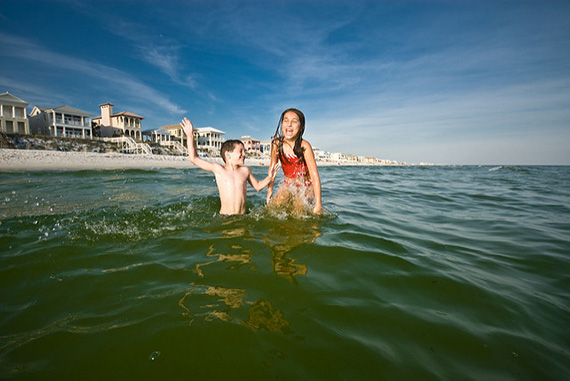
photo by flickrized
As a result, your picture can tell more of a story. Instead of a photo that says, “Here is a shot of my kids,” your photo can say, “Here is a shot of my kids at the beach; you can see what a beautiful day it was, and I managed to capture a sailboat going by, as well.”
2. Depth of Field
The wide-angle lens has a much stronger depth of field than a larger lens. Not only can you make a feature of both foreground and background, you can keep everything in focus while you are at it. To achieve the same result with a larger lens, you may have to close the aperture, which means slowing the shutter speed, which means using a tripod…a lot of exrta effort. After all that, the depth of field may still not be as strong as if you had used your wide-angle lens.
3. Perspective
Perspective is exaggerated by a wide-angle lens, so it makes long objects seem even longer. If you are shooting a fence-line, a jetty, railroad tracks, a road…anything that stretches away into the distance, the wide angle lens can really give your photo a boost. The result will be a truly three-dimensional sense of depth. The strong lines of the composition will lead the viewer into the picture, so they feel they are not just looking at the photo, but right into it.
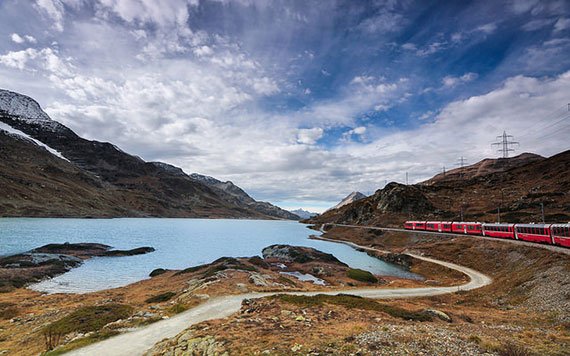
photo by mendhak
4. Powerful Foregrounds
The exaggerated perspective of the wide-angle lens makes objects at different distances seem much further apart than they really are. Foreground objects may seem a bit smaller, but objects in the background can seem many miles more distant. As a result, the wide-angle lens is excellent for adding impact to a foreground subject. You can stand very close to a person (or a tree, whatever) and they will appear to tower over the scene in the distance. This is the opposite of a telephoto lens, which tends to bring the background into prominence.
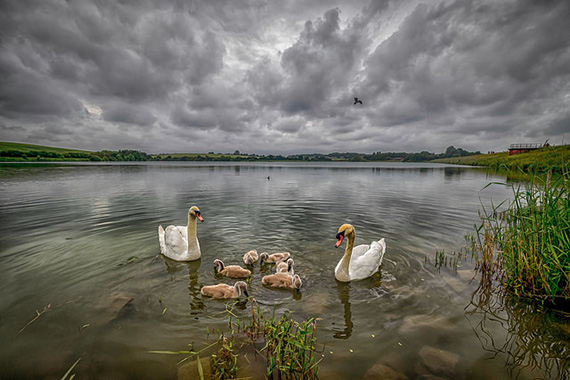
photo by happymillerman
5. Putting It All Together
All the above tips are helpful by themselves, but by putting them all together you have the power to create photos that really grab the eye of the viewer. There is not enough space in a short article to outline all the ways you can use these tips, so I will give you one example that puts all the strengths of a wide-angle lens to good use.
Imagine an old rustic farmhouse, with a striking cloud formation behind it. Your telephoto lens might fit in just the farmhouse, and a standard lens might fit in the house and the sky.
With a wide angle lens, you could walk down the driveway and look for some special detail (maybe a rusty old mailbox) to create a more interesting composition. If you stand near the mailbox, it will have prominence in the composition, but you will still have a clear shot of the farmhouse and the sky in the background. Even better, the strong depth of field makes it easy to keep everything in focus. The exaggerated perspective will make the driveway seem longer, adding a three-dimensional impact to the picture. If you do it well, the first thing that catches the eye will be the mailbox, but the driveway will lead the viewer into the distance, to appreciate all the detail of the background as well.
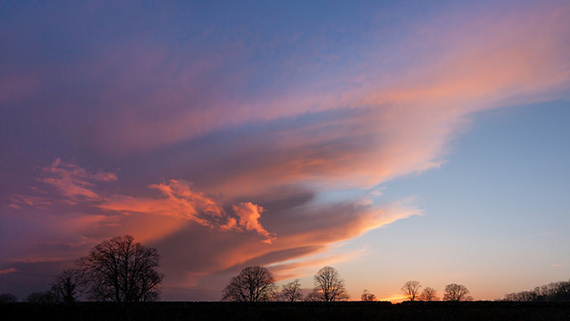
photo by Derek Σωκράτης Finch
So there you have a quick introduction to the creative use of a wide-angle lens. I hope this little article does more than just just spark your imagination. Reading about it is not nearly as exciting as doing it…so grab your camera and start snapping!
About the Author:
Andrew Goodall writes for http://www.naturesimage.com.au and is a nature photographer based in Australia. He manages a gallery in Montville full of landscape photography from throughout Australia.
Like This Article?
Don't Miss The Next One!
Join over 100,000 photographers of all experience levels who receive our free photography tips and articles to stay current:






Reading this and looking at these photos is certainly making me wish I had a wide angle lens… I’ve got so many cool ideas for great wide angle photos I could take. Maybe someone will get me one for Christmas this year :P
Seems that wide angle photography is where I will be spending most of my time. So much fun and very dramatic.
Macro could be interesting as well, but its not really dramatic. Thats what’s cool about wide angle photography. Interesting and dramatic.
MDV